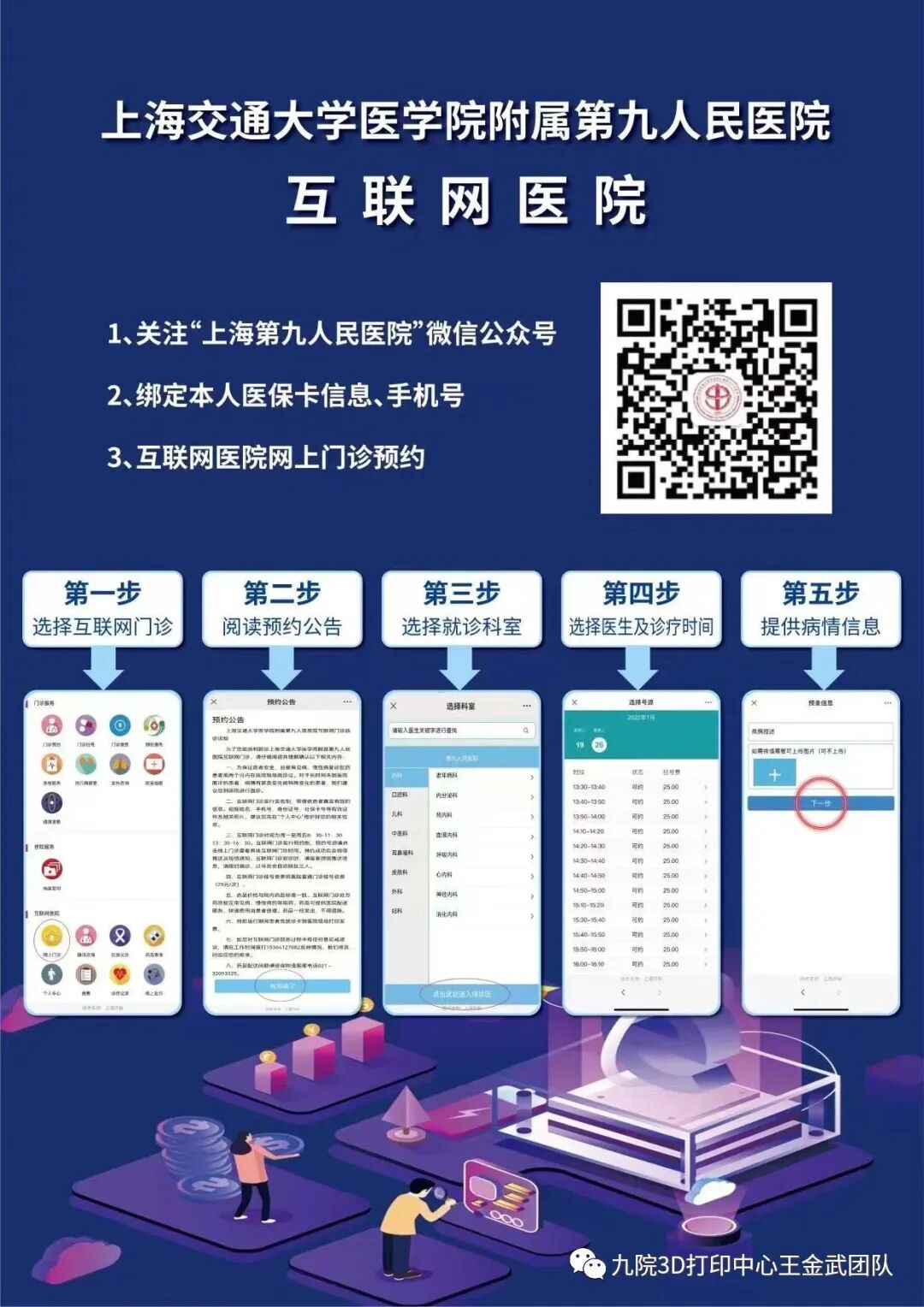3D Printed Scoliosis Orthosis:
Technology Straightens the Spine for Adolescents
Wang Jinwu’s team at the 3D Printing Center of the Ninth Hospital
Scoliosis refers to an abnormal curvature of the spine in three-dimensional space, typically presenting as a “C” or “S” shape. Idiopathic scoliosis (of unknown cause) is most common among adolescents aged 10-18, accounting for about 80% of cases. Approximately 2-3% of adolescents worldwide are affected by varying degrees of scoliosis, with a higher incidence in girls than boys.
Mild scoliosis may only require observation and regular follow-up, but when the Cobb angle (an indicator of the degree of curvature) exceeds a safe range, orthotic treatment is usually considered. Traditional orthoses, while effective, have issues such as being bulky, poor breathability, and uneven pressure distribution, leading to poor compliance among many adolescent patients.
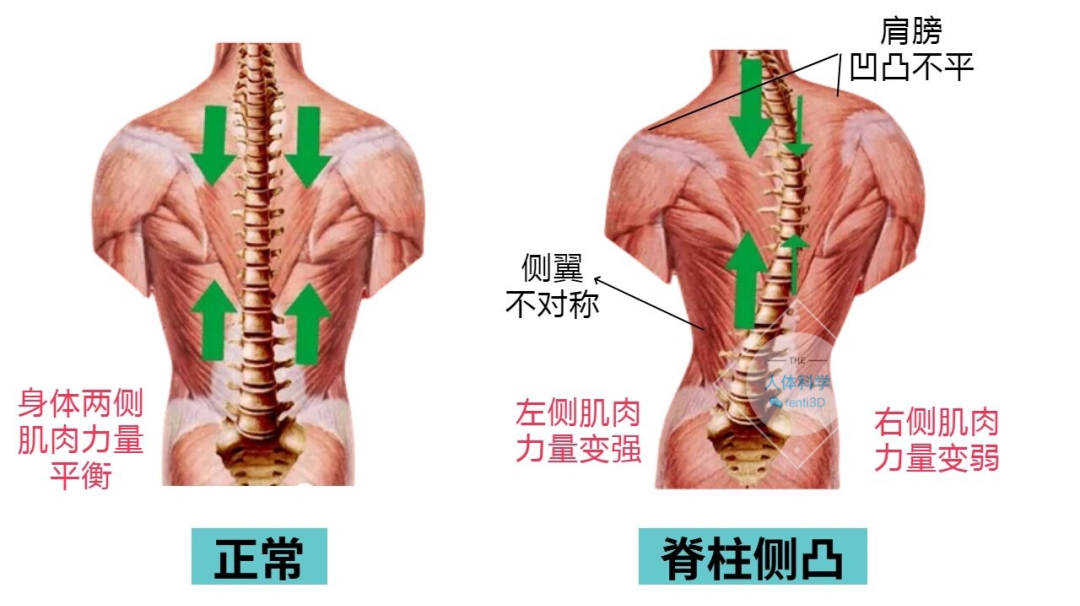
How 3D Printing Technology Revolutionizes Orthosis Production
Digital Process from Scanning to Design
The production of 3D printed orthoses begins with high-precision three-dimensional scanning. Compared to traditional molding with plaster bandages, the scanning process is comfortable and highly accurate. Engineers then design the orthosis in specialized software, accurately calculating the required pressure distribution based on the areas of force application and release marked by the physician. Intelligent algorithms can automatically optimize the structure, reducing material usage while ensuring support strength, resulting in a lightweight final product.

Unique Advantages of Additive Manufacturing
Unlike traditional subtractive manufacturing (machining), 3D printing employs additive manufacturing technology that builds up layers. This process brings three revolutionary changes:

Structural Freedom
Complex lattice structures that cannot be achieved with traditional methods can be manufactured, reducing weight while ensuring strength.

Gradient Hardness
Different density structures can be used in different areas of the same orthosis, achieving a balance of rigidity and flexibility.

Precise Fit
Completely customized based on the patient’s anatomical data, achieving a fit of over 95%.
Application of Smart Materials
Modern 3D printed orthoses use Fused Deposition Modeling (FDM) to print supports, utilizing lightweight materials such as polycarbonate (PC) that have memory deformation characteristics. When heated by body temperature, the orthosis softens to better conform to the body; upon cooling, it returns to its preset shape, continuously providing corrective force. Some high-end products even incorporate sensors to monitor wear time and pressure distribution.
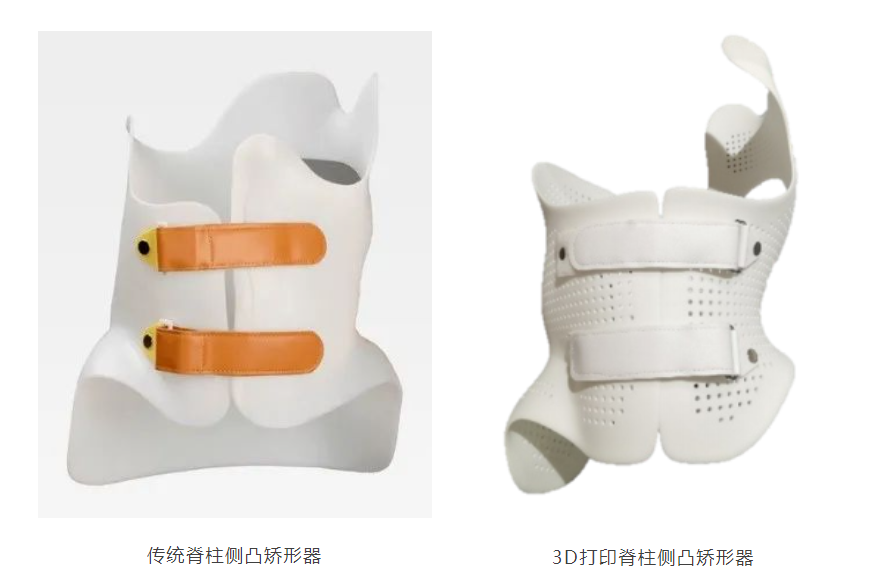
Principle of Scoliosis Orthosis
By employing a three-point force system, the orthosis corrects the deformation of the spine while enhancing trunk support through abdominal pressure, thereby reducing the longitudinal load on the spine and its muscles and ligaments; by restricting trunk movement, it utilizes both passive and active corrective forces to alter the alignment of the spine.
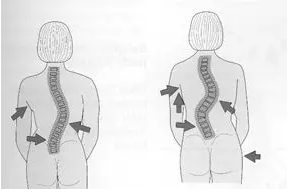
Integration of Medicine and Engineering
The 3D printed scoliosis orthosis represents a perfect fusion of personalized medicine and digital manufacturing. It not only addresses the pain points of traditional treatments but also reshapes adolescent patients’ perceptions of orthoses—from “having to wear” to “willing to wear.” When technology can correct the spine while caring for the mind, we truly achieve a “patient-centered” medical innovation.
With the popularization of technology and the expansion of insurance coverage, this innovative therapy is expected to benefit more families, allowing every child to stand tall and confidently face the challenges of growth.

Appointment Consultation
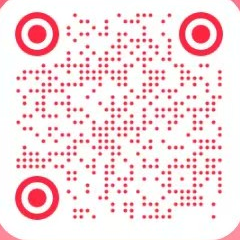
Little Red Book

Douyin
Clinic Hours
|
Clinic |
Registration |
Consultation Location |
|
Wednesday Morning Special Needs Clinic |
Director Wang Jinwu’s special registration |
500 Quxi Road, Huangpu District Room 2, Geriatrics Department, 2nd Floor, New Outpatient Building, Ninth Hospital |
|
Thursday Afternoon Expert Clinic |
Director Wang Jinwu’s expert registration |
500 Quxi Road, Huangpu District Room 1, Orthopedics Department, 3rd Floor, New Outpatient Building, Ninth Hospital |
|
Tuesday and Thursday Morning 3D Printing Center Clinic |
Orthopedics General Registration |
639 Manufacturing Bureau Road, Huangpu District 5th Floor, 3D Printing Center, Building 10, Ninth Hospital |
Expert Introduction
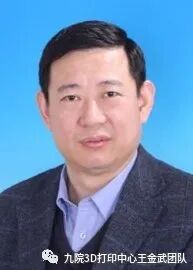
Wang Jinwu, MD, Chief Physician of Orthopedics at the Ninth People’s Hospital Affiliated to Shanghai Jiao Tong University School of Medicine, Professor and Doctoral Supervisor at Shanghai Jiao Tong University School of Medicine. Chief Scientist of two National Key R&D Programs during the 13th and 14th Five-Year Plans, Chief Scientist of the National Key Technology R&D Program for “Four Major Chronic Diseases” during the 14th Five-Year Plan, and recipient of the 5th “Outstanding Contribution” People’s Physician Award. Director of the National Major Scientific and Technological Infrastructure for Translational Medicine (Shanghai) Innovation Medical Device Registration Research and Clinical Translation Service Center, Director of the Digital Medicine and Biological 3D Printing Laboratory, Deputy Director of the Ministry of Education Engineering Research Center for Digital Medicine Clinical Translation, Deputy Director of the Ministry of Civil Affairs Key Laboratory of Intelligent Control and Rehabilitation Technology, Deputy Director of the Ministry of Education Engineering Research Center for Traditional Chinese Medicine Intelligent Rehabilitation, Leading Talent of the Shanghai Oriental Talent Program, Outstanding Technical Leader of Shanghai, Leader of the Key Discipline of Bone and Joint Rehabilitation Medicine of the Shanghai Health Commission, Leading Talent in Clinical Rehabilitation in Shanghai, Chairman of the Shanghai Digital Medicine Committee of the Chinese Medical Association, Vice Chairman of the Digital Orthopedic Trauma and Joint Committee of the Chinese Medical Association, President of the Shanghai Rehabilitation Engineering Society, and Vice Chairman and Secretary-General of the Shanghai Rehabilitation Aids and Elderly Welfare Industry Technology Innovation Strategic Alliance, among others.
He has long been dedicated to orthopedic surgery, digital medicine, biological 3D printing, and orthopedic rehabilitation. His biological 3D printing project was featured in a special report by Nature.He has undertaken numerous national-level projects, including key R&D programs during the 13th and 14th Five-Year Plans, and sub-projects of the Ministry of Science and Technology’s “863” and “973” programs, totaling 10 projects. He obtained the first domestic 3D printed medical device registration certificate and led the formulation of the first domestic standards for biological 3D printing and 3D printed rehabilitation aids, among 14 medical device standards. He has co-authored 19 monographs, served as chief or deputy chief editor for 12 monographs, and has published over 100 high-quality papers, including in journals under Nature and Science.
He was recognized as a “Person of the Year” by Science China in 2016, one of the first Shanghai International Science and Technology Cooperation Envoys, and as the first author, received the Shanghai Technology Invention Award in 2022. He has also received the Ministry of Education Science and Technology Award, Shanghai Medical Science and Technology Award, Shanghai Rehabilitation Medicine Science and Technology Award, Chinese Medical Association Science and Technology Progress Award, Jiangsu Medical Science and Technology Award, Jilin Province Science and Technology Award, among others.
Contact Information
|
Contact Person |
Contact Information |
|
Assistant Teacher |
18121320535 |
|
Shoulder Joint Surgery |
19370608808 |
Registration Channels
1
WeChat Official Account of Shanghai Ninth People’s Hospital / On-site Registration at the Ninth Hospital
2Haodf Online3Weiyi4Shoulder Joint Surgery Network
http://chinashoulder.com
